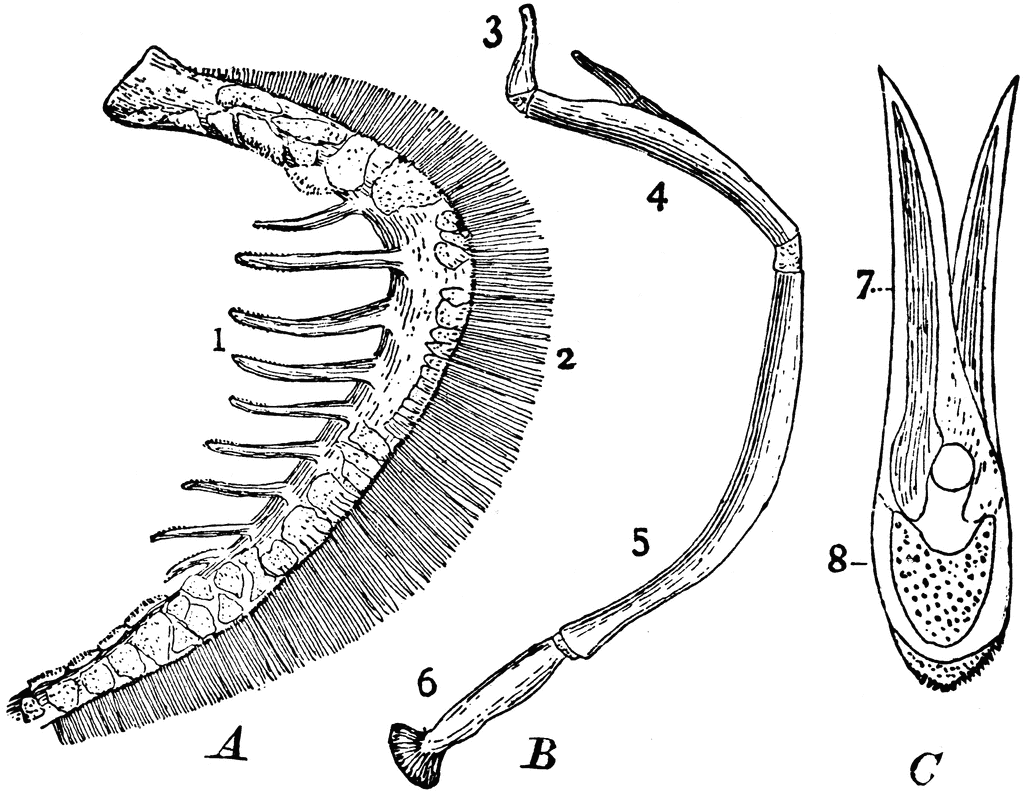
Parts of Fish Gills ClipArt ETC
Functionally, the mechanism for pumping water over the radiator-like gills seems to vary depending on the species of fish. In general, this is achieved by the fish lowering the floor of the mouth and widening the outer skin flap that protects the gills, called the operculum. This increase in volume lowers the pressure within the mouth causing.

Fish gill structure graphic drawnbydawn
A complete gill is known as holobranch. It consists of a bony or cartilaginous arches. The anterior and posterior part of each gill arch possesses plate-like gill filaments. Each holobranch consists of an anterior (oral) and a posterior (aboral) hemi-branch (Fig. 5.4 a, b, c, d).

Conflict and Compromise Using Reversible Remodeling to Manage Competing Physiological Demands
Image: Fish gill diagram Fish gills are adapted for aquatic respiration, meaning they can extract oxygen dissolved in water and eliminate carbon dioxide from the body. Fish gill is an organ in fish, located at the side of the head that helps them to breathe and extract oxygen from their aquatic environment.

The Multifunctional Fish Gill Dominant Site of Gas Exchange, Osmoregulation, AcidBase
Fish gills are organs that allow fish to breathe underwater. Most fish exchange gases like oxygen and carbon dioxide using gills that are protected under gill covers (operculum) on both sides of the pharynx (throat). Gills are tissues that are like short threads, protein structures called filaments.

The Stars Let's Explore and Discover!
INTRODUCTION It is known from the extensive measurements of Gray (1954) that the gills of marine fishes of the Atlantic Coast of North America show a wide variation in the extent of their gill area. This is true whether the area is based on the unit of body surface area or on a unit of body weight.

Diagram Of Fish Gills Photos
Gyotaku (pronounced gee yo TAH koo) is a traditional Japanese method of printmaking, which uses the whole fish. This method can produce an accurate image of a fish (Fig. 4.19). Gyotaku is a relatively new art form that developed in Japan, probably in the early- to mid-nineteenth century. Gyotaku means 'fish rubbing.'
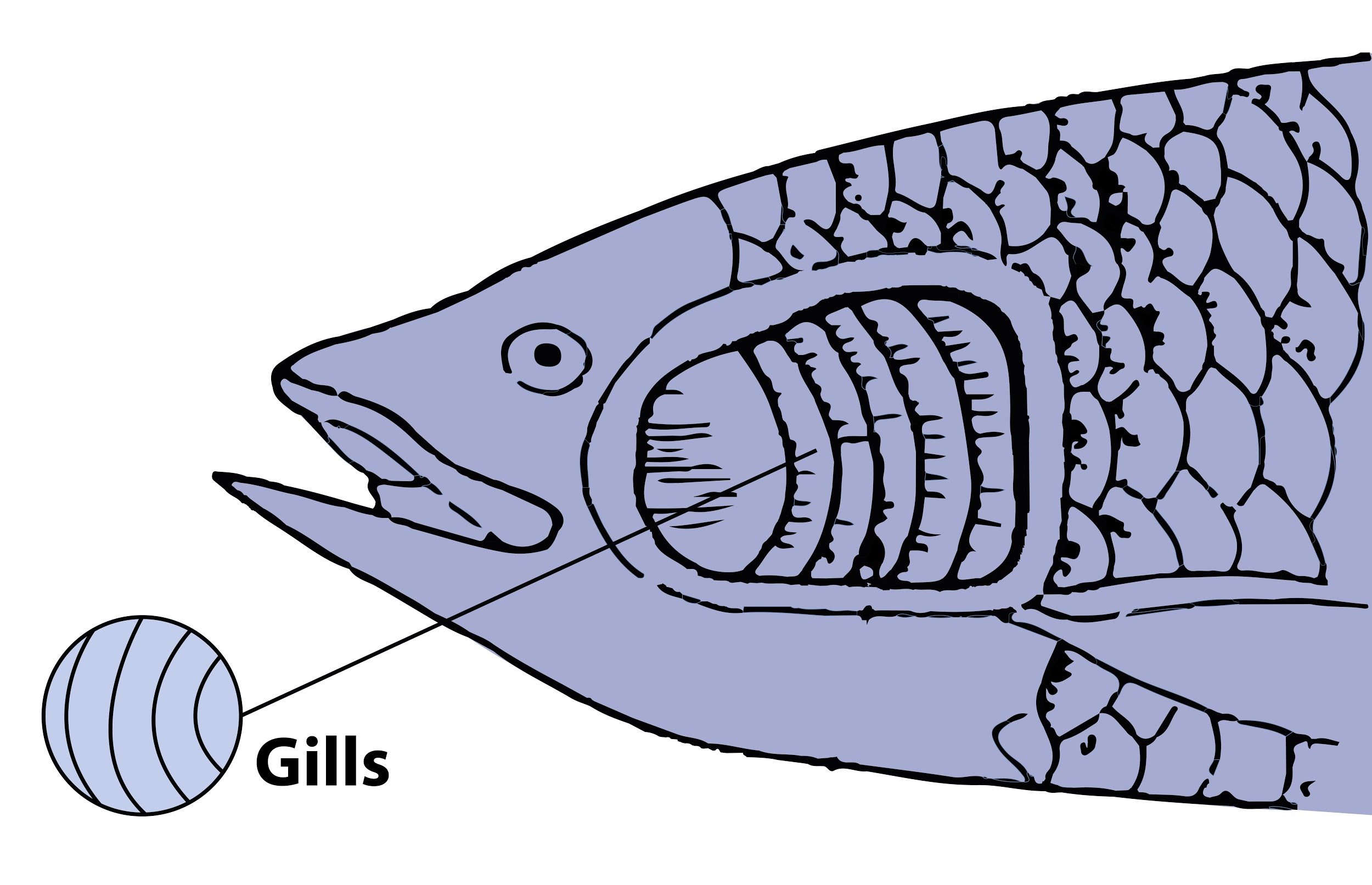
Why is the rate of breathing in aquatic organisms much faster than in terrestrial organisms?(a
Fish are aquatic vertebrates. They make up more than half of all vertebrate species. They are especially important in the study of vertebrate evolution because several important vertebrate traits evolved in fish. Fish show great diversity in body size. They range in length from about 8 millimeters (0.3 inches) to 16 meters (about 53 feet).

Swims With Seals January 2014
Gills are branching organs located on the side of fish heads that have many, many small blood vessels called capillaries. As the fish opens its mouth, water runs over the gills, and blood in the capillaries picks up oxygen that's dissolved in the water. Then the blood moves through the fish's body to deliver the oxygen, just like in humans.

Diagram showing the grills of a fish 2145653 Vector Art at Vecteezy
In his classic 1966 paper, `The dimensions of fish gills in relation to their function' ( Hughes, 1966 ),Hughes founded the modern age of gill biophysics, by measuring various gill tissue dimensions in fish ranging from 12 g mackerel ( Trachurus trachurus) to 1.5 kg angler fish ( Lophius piscatorius ), to analyse gill resistance to water flow.
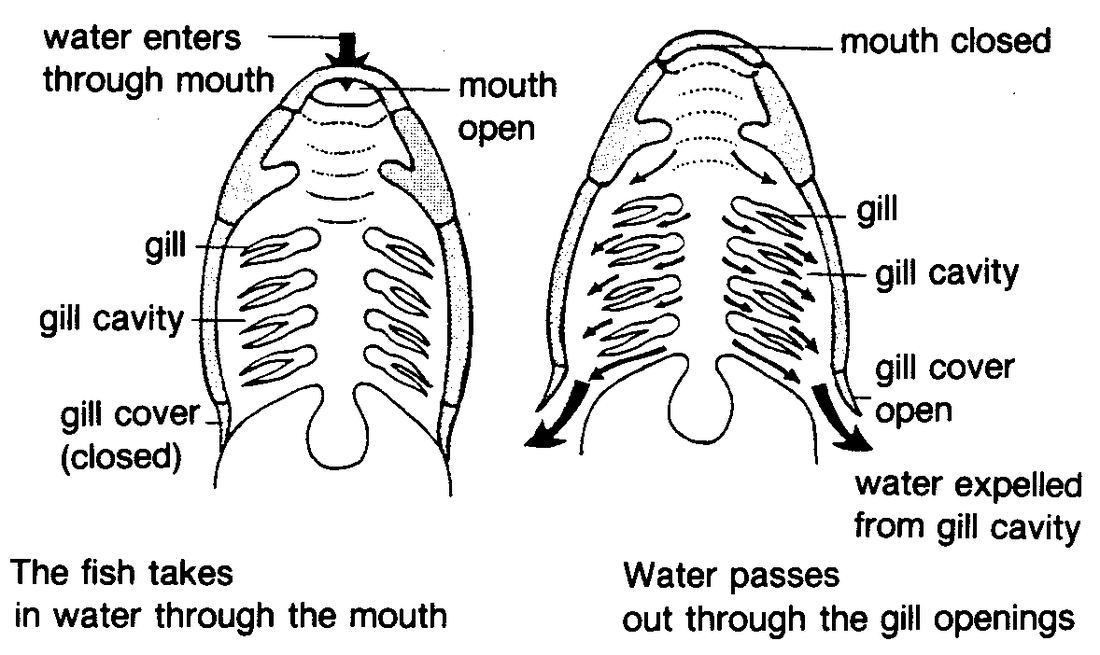
Angler Fish Respiration
Fish - Digestion, Anatomy, Nutrition: The structure of a fish's digestive system consists of the mouth, teeth and gill rakers, esophagus, stomach, pyloric ceca, pancreas, liver, intestine, sometimes a cloaca, and anus. The stomach and intestine varies greatly in fishes, depending upon the diet.

Campbell Biology Figure Walkthrough Video The structure and function of fish gills YouTube
Publisher Summary. This chapter describes the general anatomy of the gills in fish. The gills form a highly characteristic feature of fishes and their presence has a marked effect on the anatomy and functioning of the rest of the animal. A gill septum separates two adjacent gill pouches and a series of filaments is attached to its surface.

a. Position of Gill arches inside gill cavity of bony fish ( gill... Download Scientific Diagram
The innate and adaptive immune system of fish. C.J. Secombes, T. Wang, in Infectious Disease in Aquaculture, 2012 1.2.4 The gills. The fish gill is a multifunctional organ involved in gas exchange, ionoregulation, osmoregulation, acid-base balance, ammonia excretion, hormone production, modification of circulating metabolites and immune defence (Rombough, 2007).
.PNG)
Tracheal Systems in Insects
Red represents a higher value (e.g. of temperature or the partial pressure of a gas) than blue so the property being transported in the channels flows from red to blue. In fish a countercurrent flow (lower diagram) of blood and water in the gills is used to extract oxygen from the environment. All basal vertebrates breathe with gills.
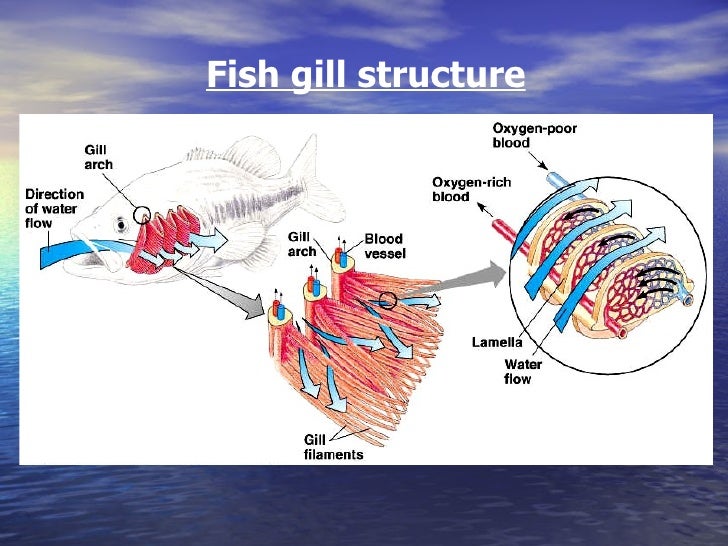
Diffusion In Fish Gills
Some fish have a lateral line system, a series of sensory cells that detect water currents and depth changes. In some fish, this lateral line is visible as a physical line that runs from behind the fish's gills to its tail. Fish anatomy includes the role of gills, fins, swim bladders, scales, and lateral lines. They are complex aquatic creatures.

Do Fish Sleep With Their Eyes Open?
Gills allow fish, mollusks, amphibians, and crustaceans to breathe underwater.. External & Internal Anatomy of a Fish | Diagrams & Functions Jawless Craniates: Class Myxini & Class.
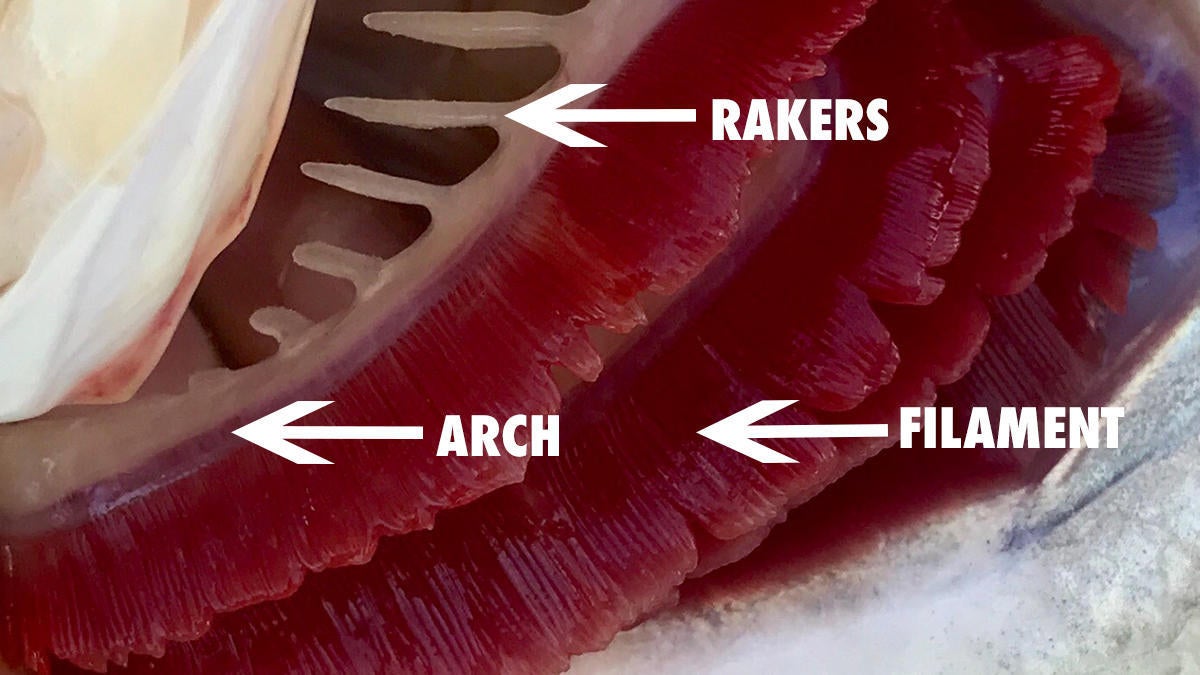
Pouring Soda on Fish Gills Does it Actually Work?
Introduction Fish have a relatively small surface area to volume ratio so require a specialised internal gaseous exchange surface, the gills. Water is taken in through the mouth, driven over the gills (where gaseous exchange occurs) and forced out through the operculum.